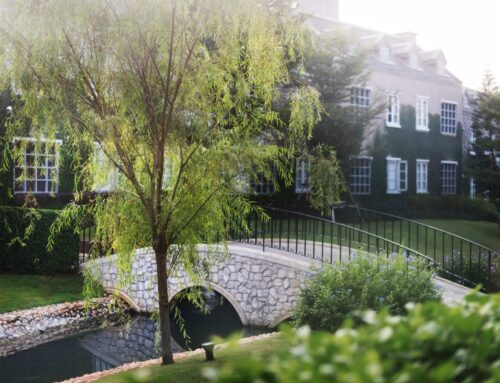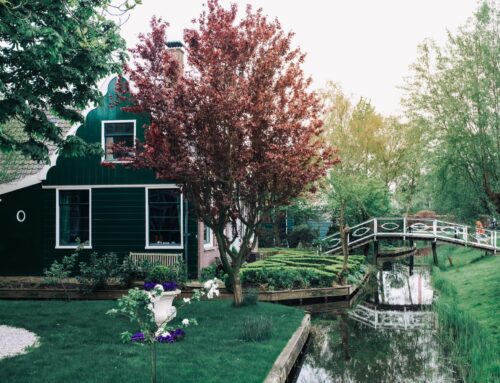Hardscaping is an essential component of any well-designed landscape. It refers to the non-living elements of your outdoor space, such as walkways, patios, retaining walls, and outdoor kitchens. When combined with softscaping (the living elements of landscaping, such as plants and trees), hardscaping creates a balanced and functional outdoor environment.
In this blog, we will explore the role of hardscaping in landscape design and how it can enhance the functionality and beauty of your outdoor space.
What is Hardscaping?
Hardscaping refers to the use of materials such as stone, brick, concrete, and wood to create structural elements in your landscape. These features add both functionality and visual appeal to your yard, creating spaces for outdoor activities, guiding foot traffic, and providing definition to your landscape design.
The Benefits of Incorporating Hardscaping into Your Landscape
Hardscaping offers several benefits, from improving the functionality of your outdoor space to enhancing the overall aesthetic appeal of your yard.
Increased Functionality
One of the primary benefits of hardscaping is that it creates functional outdoor spaces. Whether you want a patio for entertaining, a walkway to guide visitors through your garden, or a retaining wall to prevent soil erosion, hardscaping features can enhance the usability of your yard.
Low Maintenance
Unlike plants and grass, hardscaping features require little to no maintenance. Once installed, they are durable and long-lasting, making them a great investment for homeowners who want a beautiful yard without the hassle of constant upkeep.
Defining Spaces
Hardscaping can be used to define different areas of your yard, creating a more organized and cohesive outdoor environment. For example, a stone patio can serve as an outdoor dining area, while a gravel path can guide visitors to a garden or seating area.
Popular Hardscaping Features
There are several popular hardscaping features that can be incorporated into your landscape design to create a functional and visually appealing outdoor space.
Patios
A patio is one of the most popular hardscaping features and provides a space for outdoor dining, lounging, and entertaining. Patios can be made from a variety of materials, including stone, brick, concrete, and pavers. A professional landscaper can help you choose the right material for your patio based on your aesthetic preferences and functional needs.
Walkways and Paths
Walkways and paths are essential for guiding foot traffic through your yard and creating a sense of flow in your landscape design. Stone, brick, and gravel are popular materials for walkways, and they can be used to connect different areas of your yard, such as the front yard to the backyard or the patio to the garden.
Retaining Walls
Retaining walls are both functional and decorative. They are used to prevent soil erosion and create level areas in sloped yards. Retaining walls can be made from stone, brick, or concrete and can be designed to complement the overall aesthetic of your landscape.
Outdoor Kitchens and Fire Pits
For homeowners who love to entertain, outdoor kitchens and fire pits are popular hardscaping features that add both functionality and enjoyment to outdoor spaces. An outdoor kitchen provides a space for cooking and dining, while a fire pit creates a cozy gathering spot for family and friends.
The Environmental Benefits of Hardscaping
In addition to improving the functionality and aesthetics of your yard, hardscaping can also provide environmental benefits.
Erosion Control
Retaining walls and other hardscaping features can help prevent soil erosion by stabilizing slopes and creating level areas for planting. This is especially important for properties with uneven terrain, where erosion can lead to drainage problems and damage to the landscape.
Water Management
Hardscaping can also help manage water runoff and prevent flooding. Permeable materials, such as gravel or permeable pavers, allow water to seep into the ground, reducing the risk of water pooling in your yard. Additionally, retaining walls and other hardscaping structures can direct water flow away from your home and prevent damage to your foundation.





